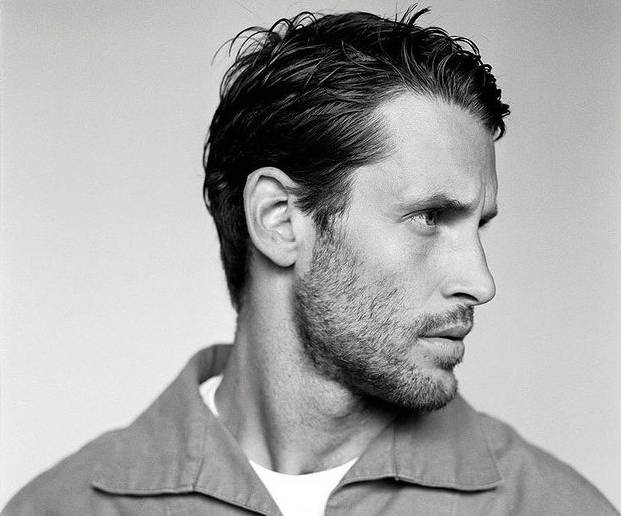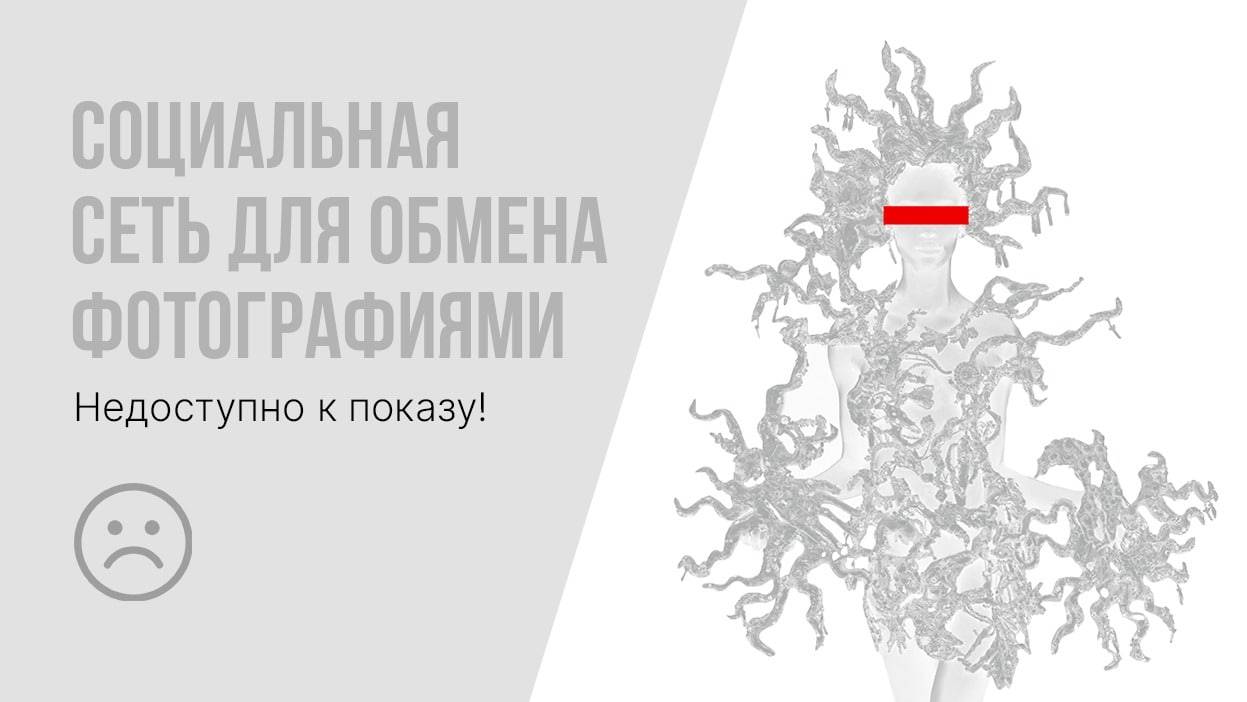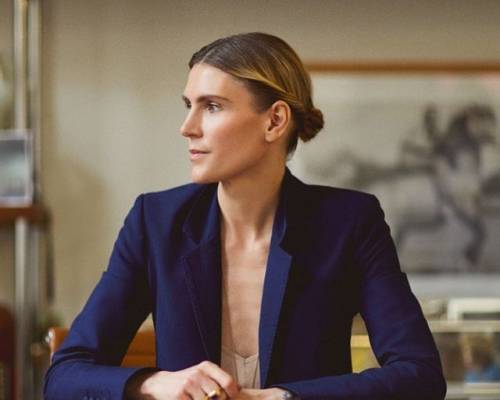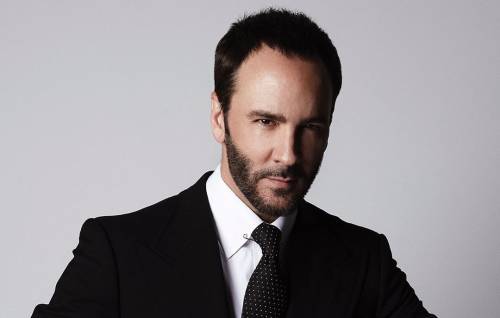Jacquemus: sincerity as a driving force

"I'm very open. For me it's not about being strategic, it's about being spontaneous."
Simon Porte Jacquemus

"My name is Simon Porte Jacquemus, I love blue and white, stripes, sun, fruit, life, poetry, Marseille, and the '80s," modestly reads the ******* profile description of the most discussed and recognizable brand of the last decade. This modesty, diluted with childish naivety and genuine sincerity, is perhaps the key factor of Jacquemus success. By the age of 31, the French brand's founder Simon Porte Jacquemus had grown from a "promising designer" to one of the most influential people in the fashion industry, according to Business of Fashion.

"I don't have a lot of friends in fashion," Simon says. "From the beginning, I was by myself and doing it a bit by my own rules." A self-made designer, Jacquemus has gone all the way to success almost alone. The desire to create clothes settled in Simon's head as a child - at the age of 7, he created his first skirt made from a house curtain, especially for his mother. Love for the mother is another driving force in Simon's life and career. Valerie (that was her name) worked on a farm cultivating carrots and spinach with her husband. Despite the lifestyle far from fashion, it was the peculiarities of a small provincial town in the south of France and its inhabitants that shaped Simon's impeccable taste. "My mother was very warm, and also a bit childish in the way she would wear big pantaloon trousers or granny dresses. Without any money, she could look very special and artistic. She wasn't 'French chic." She was too smiley for that, with her shiny eyes and shiny persona," the designer remembers.

The childhood observations of the little Simon later spilled over into homage to French women. Parisian women or girls from the provinces - it is not the origin that is important, but the mysterious charm of the French women's life. That is why Simon invited his close friends for filming in his lookbooks for a long time.
Despite the love for his native place, Simon was attracted to Paris. He believed that this city would open all the doors and help him become a famous designer. Jacquemus moved to Paris and entered the ESMOD School of Design. However, he was not destined to complete his studies - a month after leaving, his mother died tragically. This terrible event made Simon look at everything differently: there was no longer any motivation to continue studying, the education system began to bring only disappointments. Fortunately, the ambition remained with him. In 2009, Jacquemus decided to open his own brand, immediately start creating a new collection and dedicate it to his mother.

If there was enough ambition, practice for a novice designer was perceptibly lacking. That is why Simon turned to his friend, a seamstress, whom he met at the wound, with a request to sew several things according to his sketches. Such unfeigned naivety and openness are noticeable in all the first collections of the designer. They were very simple, differed in the presence of a couple of seams and the absence of darts, and also resembled children's applications. However, there is a less romantic explanation for this: Simon did not have the money.

Jacquemus' clothing was later spotted by the ideologue of Comme des Garçons Adrian Joffe. At Simon's request, Adrian allowed him to work at the CDG store. It was thanks to these earnings that Jacquemus got the funds to tailor the collections that were created during his free time, literally at night. Later, Joffe began ordering things from Jacquemus for London's Dover Street Market; this predetermined the designer's success.
In 2012, Simon Jacquemus took part in Paris Fashion Week, and in 2014 he won the prestigious LVMH Prize for young designers, receiving 150 thousand euros for the development of his own brand. A year later, the Jacquemus online store appeared, which had particular magazine aesthetics and did not resemble a classic marketplace. By the way, the designer has repeatedly admitted that he has no idea how the fashion industry existed without the Internet before. Jacquemus pays special attention to social networking, continuing his passion for photography, which began when he was 14.


Simon is still the brand's sole designer who prefers to work with a small team. But in addition to clothing, he is also responsible for equally important organizational moments, including the details of the show, music, light, lookbook. The designer strives to make each show memorable and unusual, choosing an old pool, the basement of a slot machine room, a lavender or wheat field in his native Provence for the collection presentations.


Jacquemus clothes are no less memorable. Talking about the brand's "three pillars," there are asymmetry, geometry, and experiments with sizes - its La Bomba huge hat and tiny Le Petit Chiquito handbag became hits and sold out instantly. Jacquemus garments are loved by top it-girls and the main influencers of our time such as Bella Hadid, Rihanna, Beyoncé, Emily Ratajkowski, Kylie Jenner, Kim Kardashian, Zhanna Damas, and others.

In 2020, Jacquemus became one of the first designers to host an offline show of the SS 2021 collection after the pandemic. However, the protracted lockdown forced the designer to reconsider his plans for the future. According to Simon, he does not want to limit himself to creating clothes - the designer is also considering becoming a freelance artist. "I feel free to say there are things you can do besides fashion; you can be so many other things in this life," he admitted in one of his interviews. Well, Jacquemus is still following his own rules and listening to his heart.
Read also:
Gabriela Hearst: a philosophy of ethical, understandable clothing


